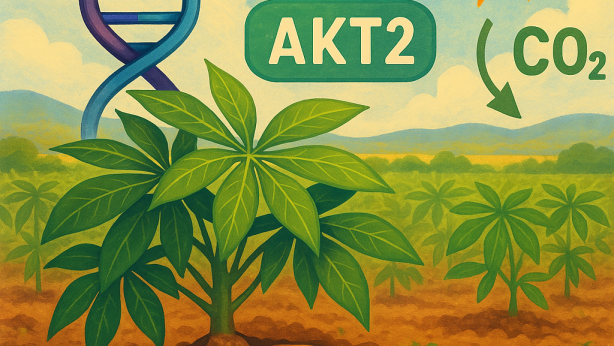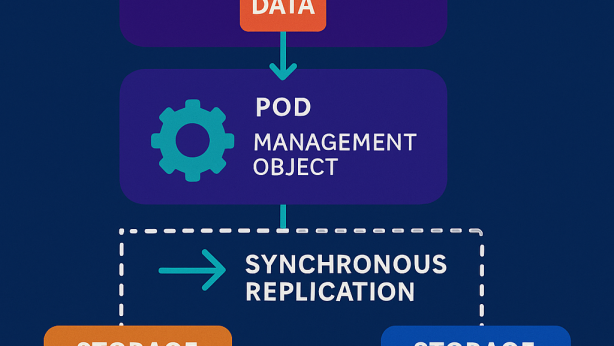ITEM DETECTION METHOD APPLIED TO CAR REFRIGERATOR, AND DEVICE THEREFOR
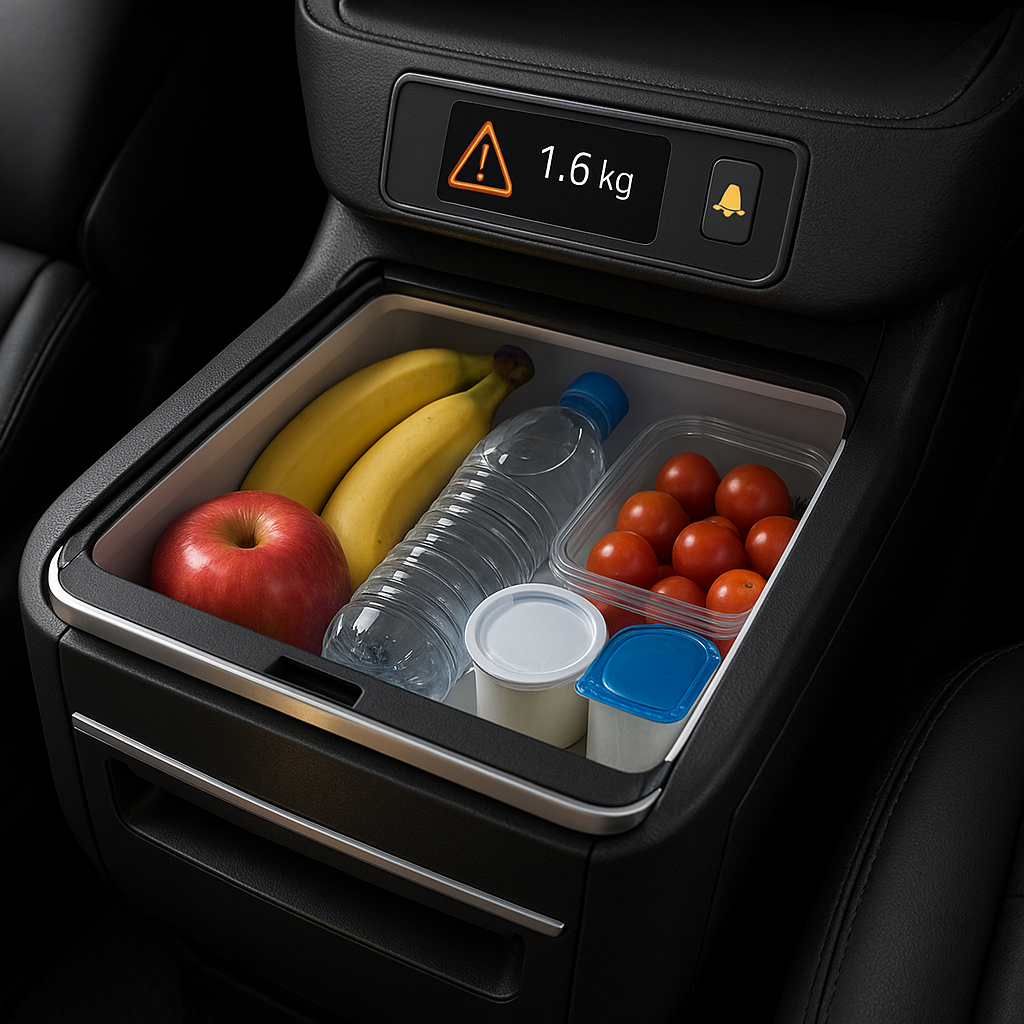
Invented by Luo; Shaohui, Liu; Yang, Zhang; Yonggang, Han; Mengru
Keeping track of your drinks and snacks in your car fridge just got a lot easier. This article explores a new patent that changes how car refrigerators know what’s inside, when you’re running low, and how to keep you better informed. Let’s break it all down so you can understand where this tech fits in the market, why it’s important, and what makes it special.
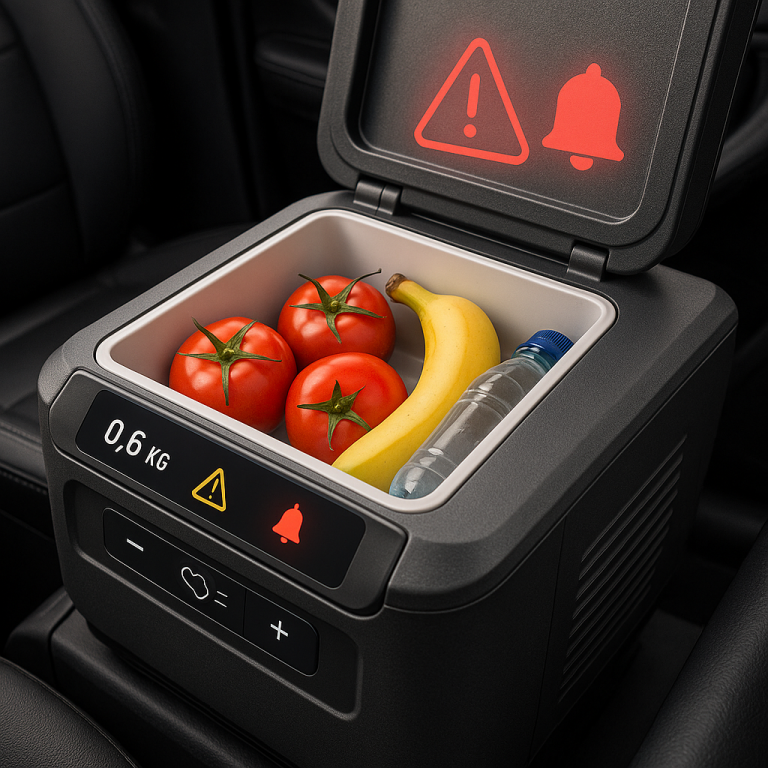
Background and Market Context
Cars are no longer just for getting from one place to another. People spend more time in their vehicles, whether they’re on long road trips or just running errands. As a result, car makers are adding more features to make the driving experience better. One of these features is the car refrigerator. It helps keep drinks cold and snacks fresh, making travel more comfortable.
But as car refrigerators become more common, users want more than just cold drinks. They want the fridge to be smart. Imagine a fridge that tells you when you’re almost out of water, or reminds you to remove old food before it spoils. People want their car refrigerators to work like the smart fridges in their homes, which can alert them about items inside and help them avoid waste.
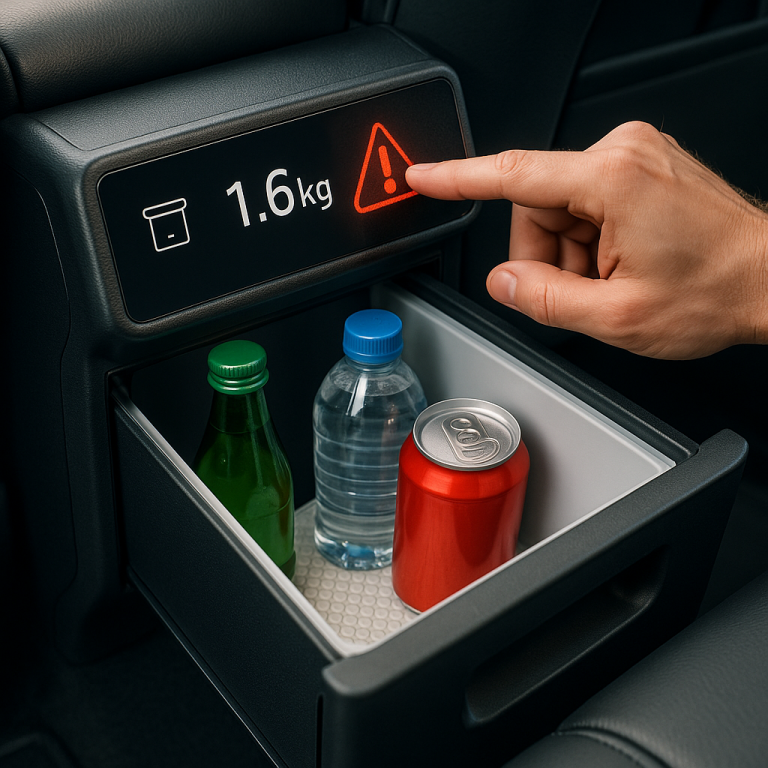
Right now, most car refrigerators are basic. They might have a light or beep if the temperature changes, but they don’t really know what’s inside. Some might detect if there’s anything in the fridge, but that’s the limit. This means you could run out of drinks on a long drive or forget about something inside until it goes bad. For busy drivers and families, these problems matter.
As more people use electric vehicles and spend hours in their cars, the need for smarter car appliances is growing. Car makers and tech companies see an opportunity to stand out by offering fridges that do more. A smart fridge that keeps track of what’s inside, learns your habits, and even connects to your phone could become a must-have feature.
So, the market is ready for smarter car refrigerators. People want them to be easy to use, helpful, and connected. The technology to make this possible is here, but it hasn’t been used in car fridges yet. This is where the new patent comes in, offering a way for car refrigerators to become much more useful and user-friendly.
Scientific Rationale and Prior Art
To understand why this new invention is important, let’s first look at how item detection in fridges has worked in the past. In home refrigerators, some high-end models use cameras, weight sensors, or barcode scanners to keep track of food. These systems usually need a lot of space, power, and stable conditions. That’s fine for your kitchen, but cars are different.
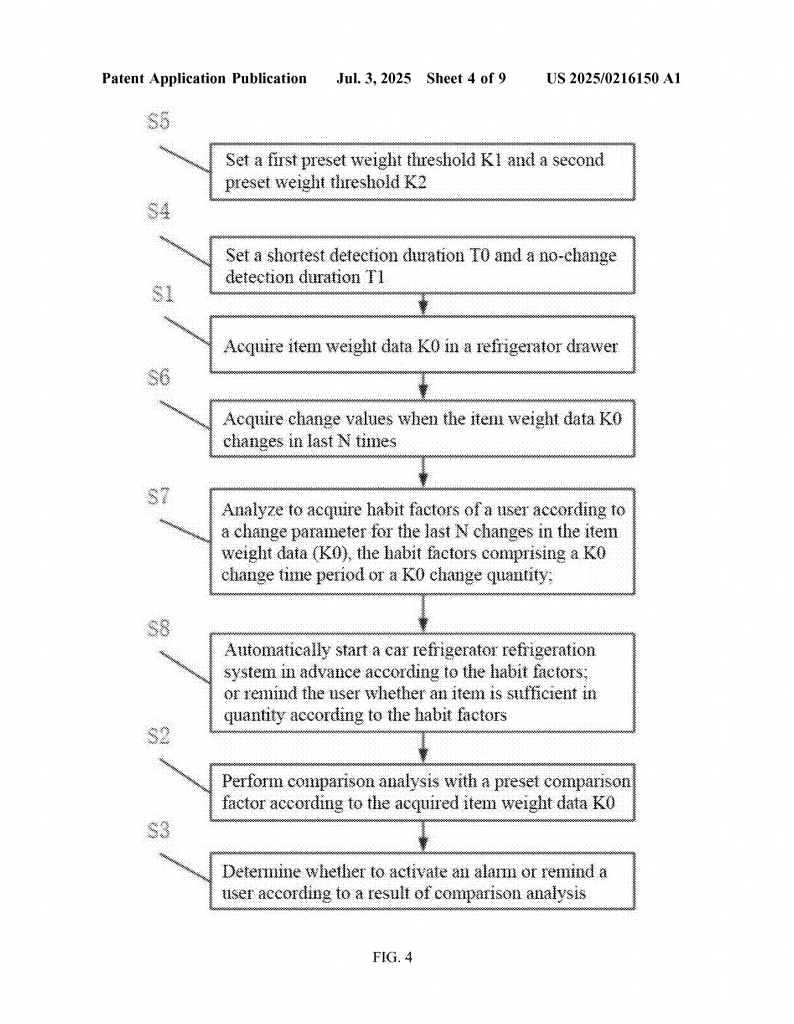
Car fridges are smaller, have to handle bumps and turns, and need to use as little power as possible. Traditional ways to detect items—like simple switches or basic sensors—can tell if something is inside, but not much else. They can’t tell if you’re almost out of drinks or if something has been left inside for too long. They also can’t connect to your phone or learn from your habits.
Some early car refrigerators tried to use basic weight sensors. These would alert you only if the fridge was empty or full. But these systems often gave false alarms because of car movement, and couldn’t track different types of items or learn from repeated use. Sometimes, a bottle rolling around during a turn would trigger an alert, even though nothing had changed.
Other attempts used cameras to take pictures inside the fridge, but the images weren’t always clear because of poor lighting or items getting moved around while driving. Plus, these systems could be expensive and hard to keep clean.
What’s been missing is a way to use reliable, low-power sensors to gather smart data about what’s inside the fridge, even when the car is moving. Also, there hasn’t been a good way to use this data to give smart reminders—like telling you when you need to buy more drinks, or when something might be going bad—especially in a way that fits the way people actually use their car fridges.
Until now, there has not been a system that combines weight sensing, user habit learning, item-specific tracking, and phone connectivity into one easy-to-use package for car refrigerators. This is what the patent aims to solve, using simple sensors, smart analysis, and wireless technology.
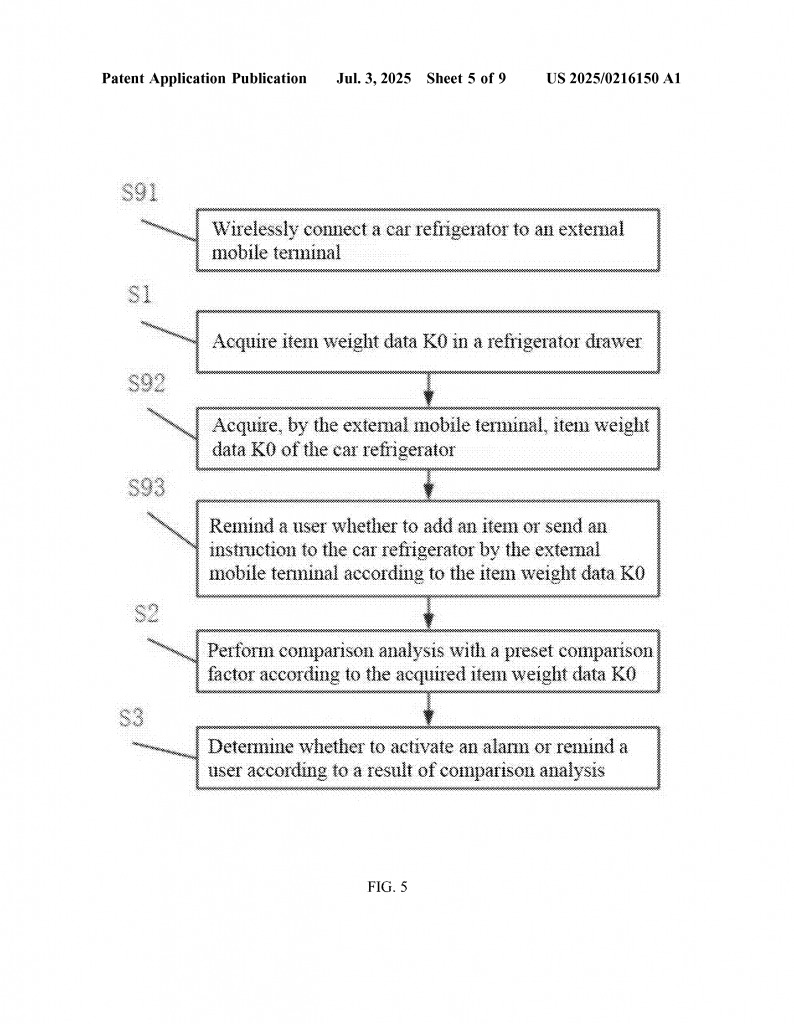
Invention Description and Key Innovations
This patent introduces a method and device for car refrigerators to detect what’s inside, how much is left, and when to alert the user. The idea is simple: use the weight of items in the fridge to know what’s in there, and use this information to help the user in new ways.
Here’s how it works in easy terms. The car refrigerator has a drawer where you put your items. Under the drawer, there are special sensors in the corners. These sensors can feel how heavy the items are. When you put a drink or fruit in, the sensors sense the weight and send this information to a small computer inside the fridge.
The fridge’s computer compares the weight it reads with set values. For example, if the weight is less than a certain amount, it means you might be running low on drinks. If the weight is more than a set amount, it means the fridge is full. If nothing changes for many days, the system can alert you that maybe something has been forgotten inside. This helps avoid waste and keeps your food fresh.
The invention is smart enough to ignore quick bumps or shakes from driving. It only pays attention to changes that last longer than a very short time, so you don’t get false alarms when you go over a pothole or take a sharp turn.
But the system does more than just watch the weight. It remembers how often you take things out and when you do it. If you usually grab drinks at the same time every day, the fridge can learn this. It can then turn on the cooling system a little before you usually need something cold, so your drinks are ready. Or, if it notices you often take out two bottles at once, it knows to warn you earlier if you’re running low.
The fridge can also be split into different areas—like a spot for drinks and a spot for fruit. It can use a small camera to count how many items are in each area. This allows the system to give you more detailed reminders, like telling you if you’re low on apples but have enough water.
One of the best features is the ability to connect wirelessly to your phone. With this, you can see what’s in your car fridge before you even get to your car. If you’re out shopping, your phone can remind you to pick up more snacks or drinks. You can even tell the fridge to start cooling from your phone, so everything is cold when you get in the car.
All of these features work together to make the car fridge much more helpful. You don’t have to guess what’s inside, worry about running out, or find spoiled items weeks later. The fridge helps you stay ready, save money, and avoid waste.
The real innovation here is combining simple weight sensors, smart computer analysis, and wireless connections—all in a way that works for the unique needs of car users. The system is designed to be low-cost, reliable, and easy to use. It works even when the car is moving, and it learns from the user’s habits to offer better help over time.
This invention opens the door to even more features in the future. Imagine if your car fridge could suggest shopping lists or connect with other smart devices in your car. By starting with smart item detection, the patent sets the stage for a whole new way to manage your food and drinks on the go.
Conclusion
Smart car refrigerators are no longer just a dream. This new patent shows how simple sensors, clever analysis, and wireless tech can work together to create a fridge that knows what you need, helps you avoid waste, and fits perfectly into modern car life. As cars become smarter and more connected, features like these will become more important. If you want your car to be as smart as your home, this invention is a big step forward. With technology like this, you’ll always have what you need, when you need it—making every drive easier and more enjoyable.
Click here https://ppubs.uspto.gov/pubwebapp/ and search 20250216150.
